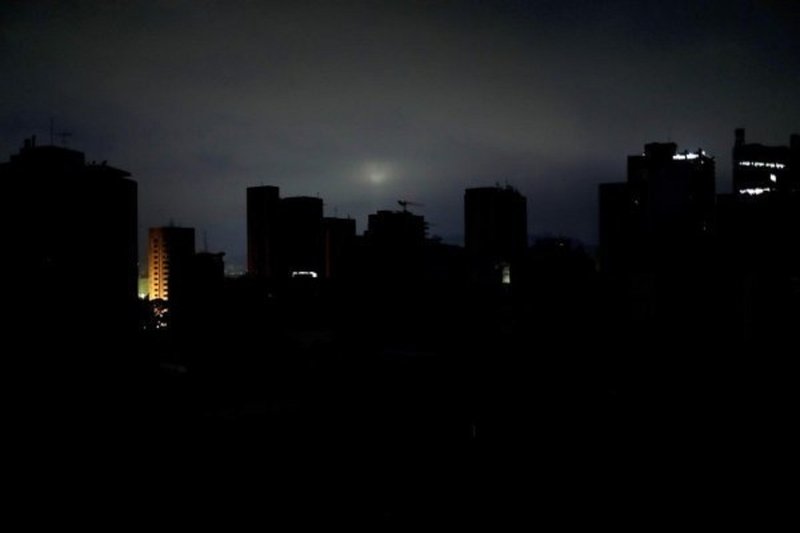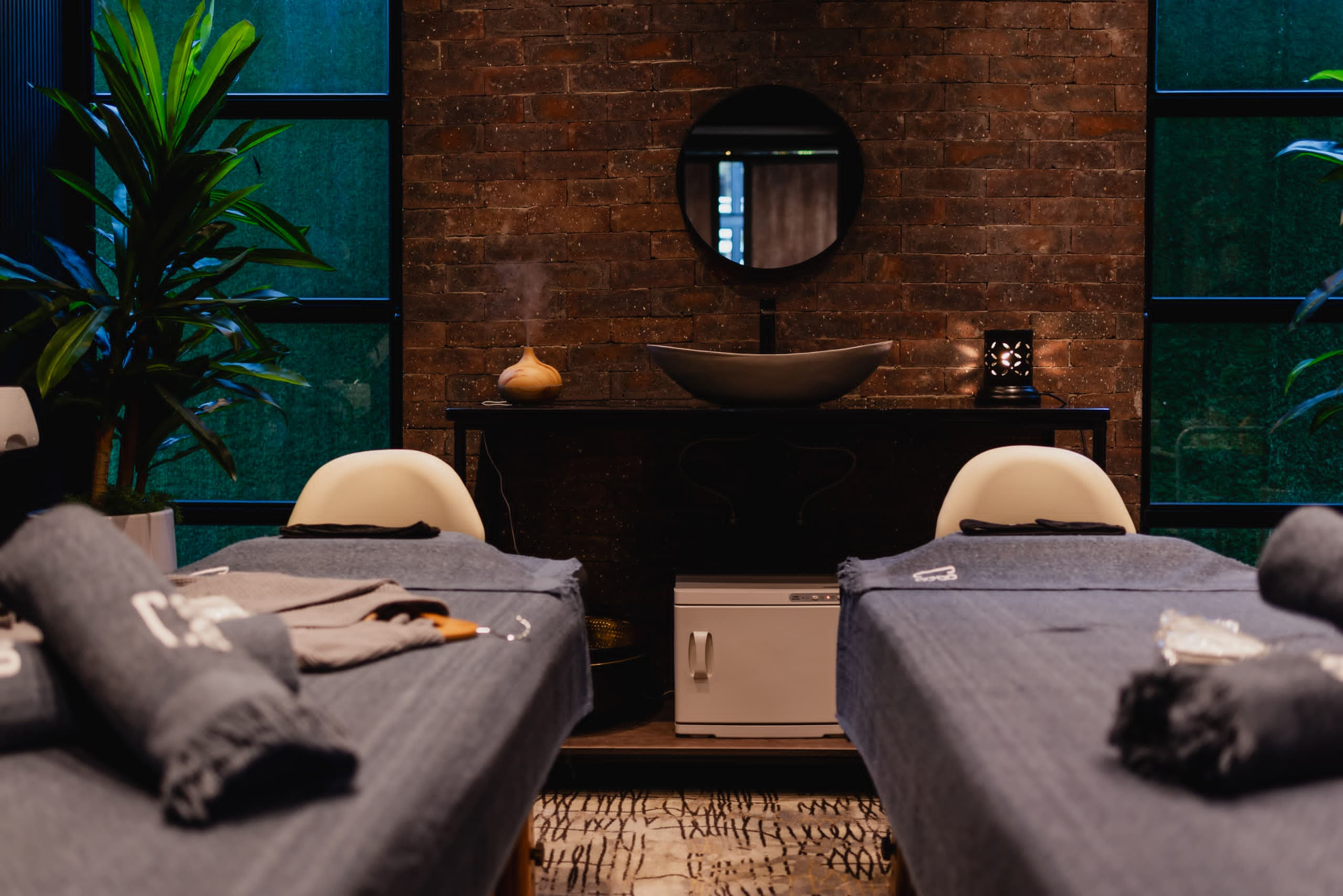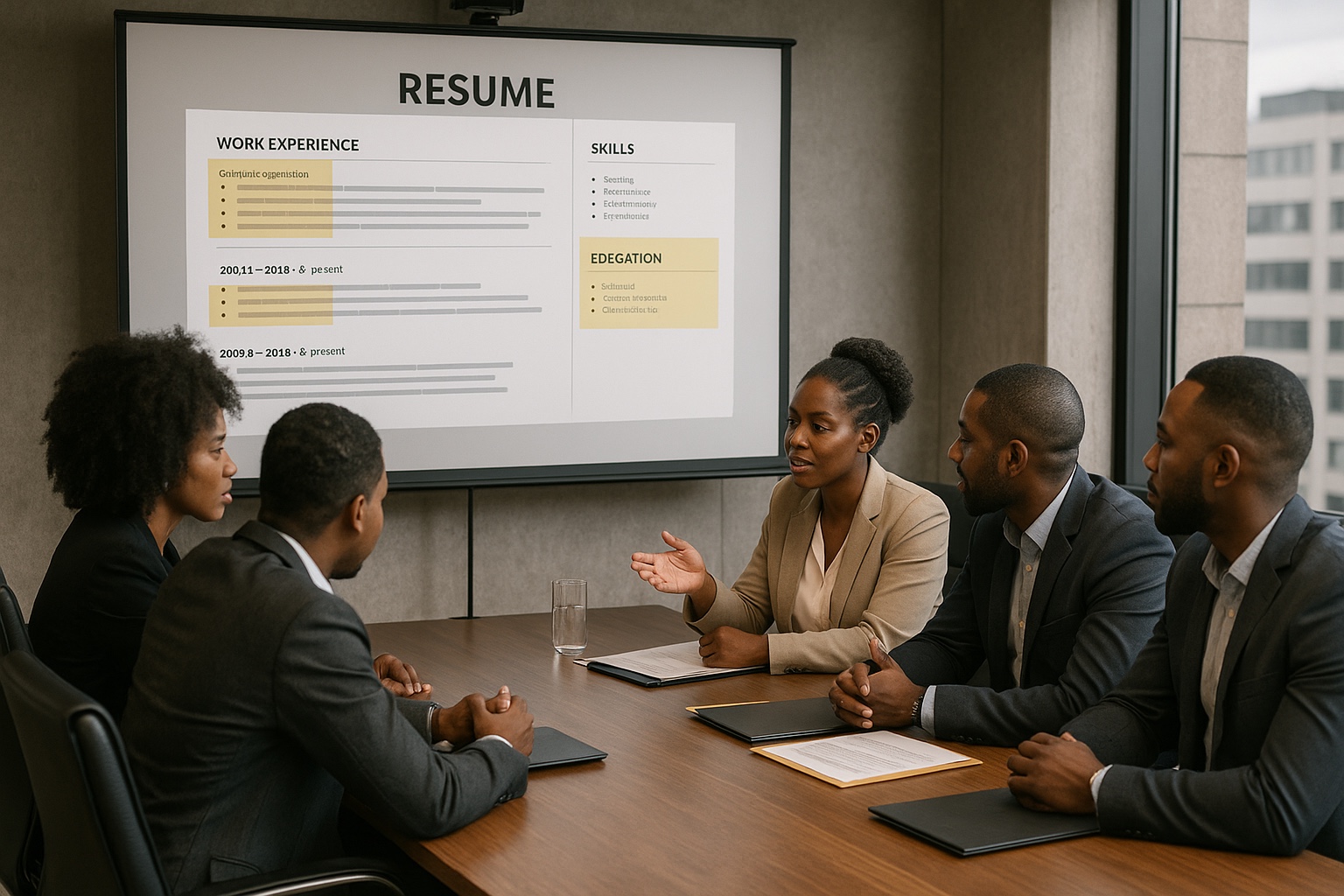Load shedding doesn't have to control your schedule anymore. From owning power banks to full solar setups, we're breaking down the gadgets that actually work for Zambian households without crazy price tags. Here's how to take back control of your power situation.
ZESCO supplies electricity to most of Zambia. Since 2007, load shedding has become our unwelcome companion. Some years are better than others, but lately? It's been rough. We're talking about days of 3 - 6 hours of electricity to no electricity at all. The main reason for loadshedding in Zambia is low water levels at Kariba Dam due to climate change, which generates a huge chunk of the country's power.
But since we can't control ZESCO's supply and know that load shedding isn’t going anywhere anytime soon, we can control how we respond to it. You don't have to sit in the dark or plan your entire life around the load-shedding schedule. There are practical solutions, and they're more accessible than you think.
Let's get real about electricity priorities. Electricity isn’t needed to power the entire house, but to cover the essentials that make loadshedding less of a nightmare. What drives most people crazy about power cuts is the inability to charge phones, missing their favourite shows and sitting in complete darkness. Whatever it is, that's where you start.
Power Banks
If you're working with a tight budget, start here. Power Banks are your best friend during load shedding. Get one with at least 20,000mAh capacity. That's enough to charge your phone 4-5 times. Some even have built-in lights. Charge it up when there's power, and you've got a backup for your phone, tablet, small devices and lights.
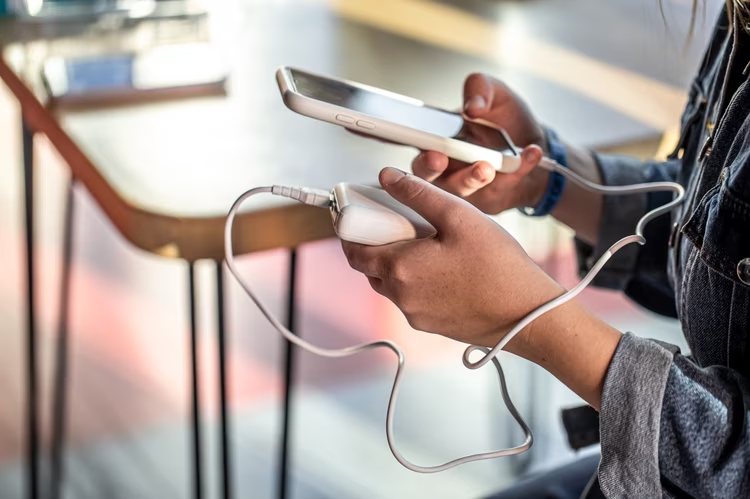
Rechargeable Lights
Rechargeable LED Bulbs are simple but brilliant. They charge when the power is on and automatically switch to battery mode when it goes out. Screw them into your regular light fixtures and forget about them. They give 3-4 hours of light during outages.
Rechargeable Lanterns
Rechargeable Lanterns and Torches are obvious but essential. Get ones with USB ports to charge phones too. They're cheap, they work, and they're portable. This setup won't run your TV, but it'll keep you connected and out of the dark. Sometimes that's all you need.
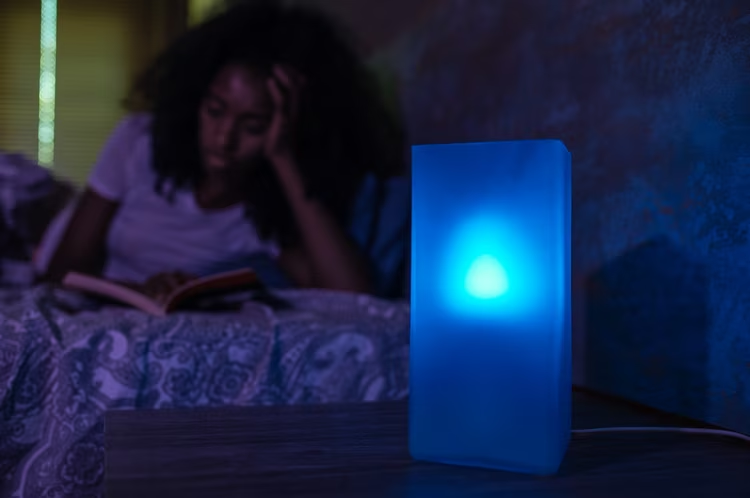
Portable Power Stations
Think of these as massive power banks on steroids. Portable power stations are the new kids on the block, and they're game-changers for load shedding. These all-in-one units pack a battery, inverter, and charging system into one box. They don’t need to be installed or wired and can be charged with electricity or solar panels. They come with multiple outlets to charge or plug in different devices like Phones, laptops, lights, TVs, fridges, depending on their capacity. Portable power stations are easy to carry around from room to room, take on trips and be used for outdoor events. If you're not ready to commit to a full solar installation but want more than a power bank can offer, this is your sweet spot.
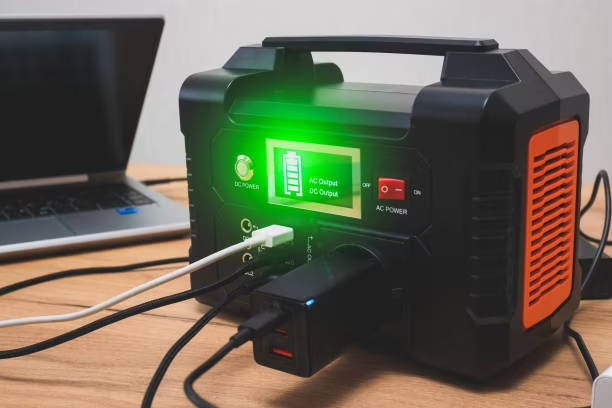
Inverters and Deep Cycle Batteries
This is where things get interesting. An inverter system gives power for longer periods. Here's how it works: the battery stores power, and the inverter converts it to run household appliances.
A deep-cycle battery (not a car battery—those aren't built for this)is needed, an inverter, and a charger. When there's power, the battery charges. When the power goes out, it switches to battery power.
Inverters run lights, adapters, laptops, TVs, decoders, WiFi routers, and fans. That's enough to feel like you're living normally during load shedding.
Many wonder if this investment is worth it, but if you are tired of interrupted work, missed shows, and constant darkness, absolutely. Pay in instalments if you can. It's an investment in your sanity.
Solar Power Systems
Solar is the dream setup. Once it's installed, the sun does the work. No more worrying about the schedule. No more rationing power. Just consistent electricity. A basic solar system includes panels, a charge controller, batteries, and an inverter. The panels charge batteries during the day, and you use that power whenever you need it.
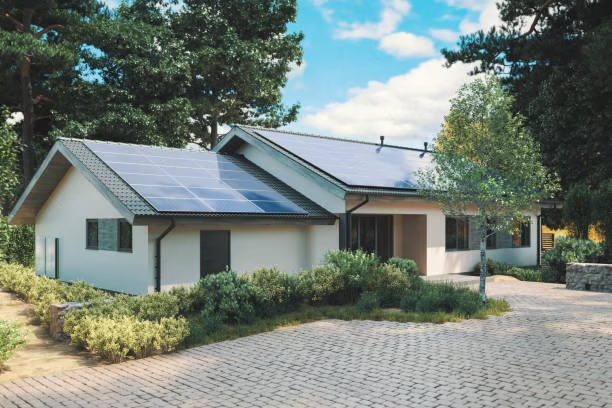
After the initial cost, your power is basically free. You can run your fridge, TV, lights, fans, and even air conditioning if the system is big enough. The downside of solar is that the upfront cost is steep.
Other Gadgets Worth Considering
Generators are another great option, but let's be honest about the downsides. Fuel is expensive, and they are noisy. Your neighbours will hate you. They need maintenance. And can't run indoors. Only go this route if you absolutely need heavy-duty power and solar isn't an option.
As your budget allows, upgrade your innovative power solutions. Progress is progress. The key is taking action. Every day you wait is another day of sitting in the dark, planning your life around a schedule you didn't choose.
Where to Buy Innovative Power Solutions
Check local electronics stores and online marketplaces. Compare prices. Ask questions. Make sure there's a warranty and after-sales support. Talk to friends and neighbours who've already made the switch. Find out what works for them and why, what they don't recommend. Real reviews beat marketing claims every time.
